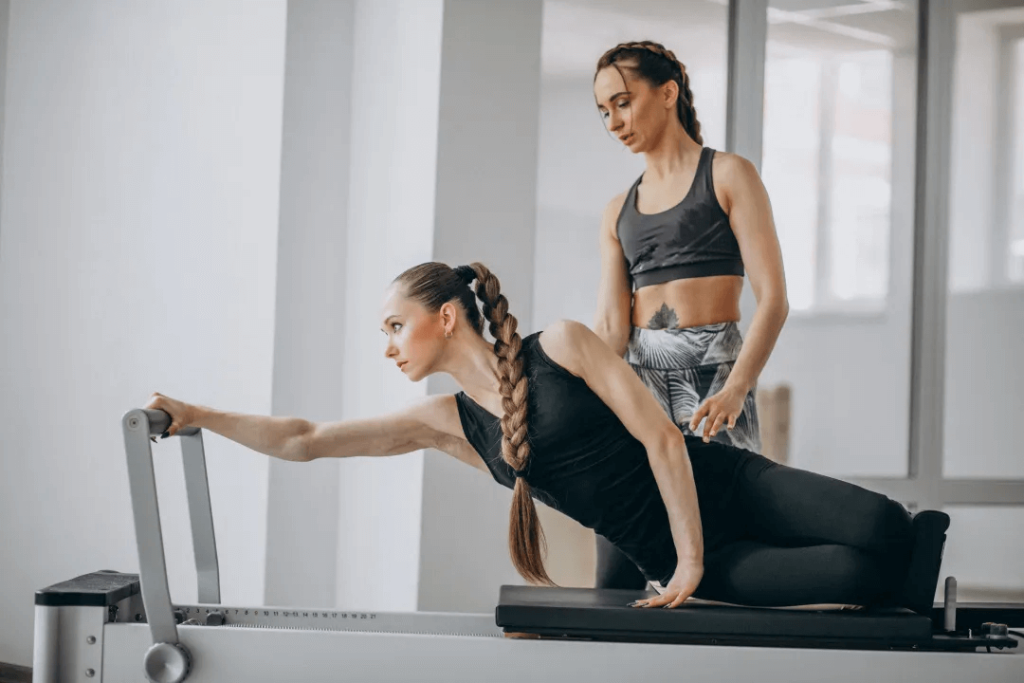Some practitioners think that Pilates movements are “simple”, “too slow” and “boring”. In fact, they don’t know what Pilates is about. Pilates is a science of control. It is a correct and scientific manual for the human body. It is a process of unity of knowledge and action between the brain and the body.

Breathing
The constant inhalation and exhalation helps the circulatory system to bring oxygen-rich blood to tissues throughout the body, while removing impurities and metabolic waste products.
This cleansing mechanism is like an “internal body wash” that can boost our spirits and bodies.
Focus
In every part of every movement, feel your body quietly. Let your feeling guide your practice. When you can achieve unity of body and mind in every movement, you have begun to master this exercise program. Improve your form by focusing on every detail.
Control
Joseph Pilates called his method “control science.” In any natural science, control must be practiced and developed. Pilates requires you to fully control your body with your mind.
Central axis stability
People must have an axis, and the axis must be reflected in behavior. With an axis, there is radius, speed, center of gravity, direction, and order.
Joint Gliding
The more restricted a joint’s range of motion is, the stiffer and more restricted the movement will be. Conversely, the freer the joint’s range of motion is, the more mobility the joint will have. Sometimes this is excessive, and is called “hypermobility.” Pilates exercises can move joints through their full, normal, comfortable range of motion, increasing the range where it is needed, and limiting the range where it is needed.

